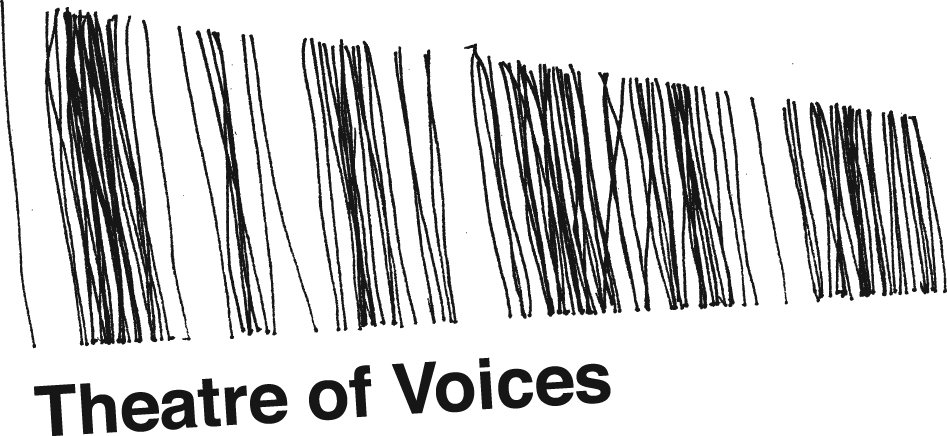WILLIAM BYRD
Laudibus in sanctis
JAN PIETERSZOON SWEELINCK
Organ solo: Ons ist geboren een kindekijn (SwWV 315)
WILLIAM BYRD
Christe qui lux es et dies (à5)
JAN PIETERSZOON SWEELINCK
Ecce virgo concipiet
THOMAS TALLIS
Organ solo: Clarifica me pater (I, II, III)
WILLIAM BYRD
O magnum mysterium/Beata virgo/Ave Maria
JAN PIETERSZOON SWEELINCK
Hodie Christus natus est
JAN PIETERSZOON SWEELINCK
Organ solo: Mein Huter und mein Hirt (SwWV 310)
JAN PIETERSZOON SWEELINCK
In illo tempore
WILLIAM BYRD
Lullaby, my sweet little baby
WILLIAM BYRD
A Grounde (BK43)
ROBERT WHITE
Christe qui lux es et dies (IV)
JAN PIETERSZOON SWEELINCK
Organ solo: Toccata primi toni (SwWV 286)
JAN PIETERSZOON SWEELINCK
Te deum laudamus
O Magnum Mysterium (Oh, great mystery) and Christe qui lux est et dies (Christ, who is the light and day) are the essence of the message of Christmas. The wonder of the birth of the Son of God and the hope of the salvation of our souls that stood in the form of a star above Bethlehem. The program is a selection of the finest vocal and organ music of the Renaissance: praise, the proclamation, the mystery, the birth, the cradle of the child of Christ, and the light of God over man.
Almost 450 years ago a new star was seen in the sky again, and in 1573 Tycho Brahe published the book 'De Nova Stella' (About the New Star), which became the start of modern astronomy - based on Hven and later in the Round Tower.
''On November 11 last year, ...I became aware that just above my head shone a new and unknown star, which was very clear in relation to the others. ...I was so stunned by this that I really would not believe my own eyes ...It was truly the greatest of the miracles that have occurred in nature since the creation of the world.''
The discovery aroused international attention and recognition, but was also seen as a warning of accidents and the imminent demise of the world. And there were accidents in the form of war and disease. The plague swept across Europe again, hitting London in the autumn of 1574.
Here it hit the organist, composer, and organ builder Robert White (1538-1574), who died at only 36 years old with his family. His Christe qui lux est et dies is the fourth work he wrote for this text, reflecting the constant struggle between light and darkness. The loss of him was, according to the contemporary Thomas Morley, great. Not just for Westminster Abbey, where he was employed, but for the whole musical life. Descendants have also compared him directly to William Byrd (1543-1623), the English Catholic composer who throughout his life wrote large amounts of vocal and instrumental music for both church and private chamber music use. His works were appreciated by both Catholics and Protestants, and this secured him alliances through the otherwise harsh English Reformation. On the continent, Jan Pieterszoon Sweelinck (1562-1621) also experienced the full spectrum of the transition between Renaissance and Baroque, which he greatly helped to influence as an organist, improviser, composer, and teacher. He is especially known as the highlight of the Dutch organ school with i.e. the development of the fugue as the cornerstone, but also left over 250 vocal works. At the time, he was known as 'Amsterdam's Orpheus', as a pendant to Dowland; 'England's Orpheus'. Although there is no evidence that he should have visited England, Sweelinck's works are found in several contemporary English manuscript collections, and as proof of the rich musical exchange of the time, he has written a variation on Dowland's famous Lacrymae (Flow my Tears).
Yngvild Ruud - Organ
Theatre of Voices
- Else Torp
- Kate Browton
- Laura Lamph
- Paul Bentley-Angell
- Christopher Bowen
- Jakob Bloch Jespersen
Paul Hiller, artistic director
